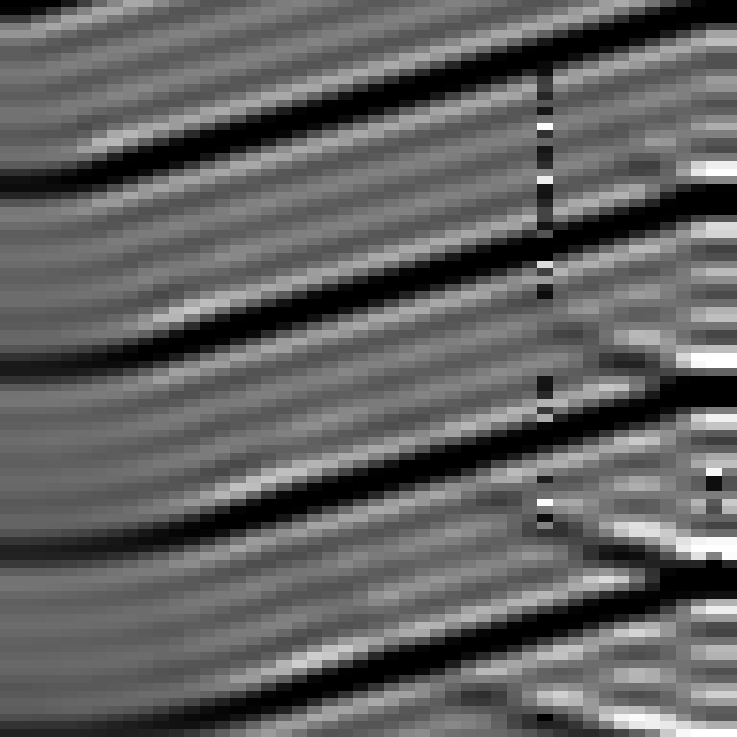




Next: Time-domain analysis
Up: WAVEMOVIE PROGRAM
Previous: WAVEMOVIE PROGRAM
The program that created Figure 3 begins with
an initial condition along the top boundary,
and then this initial wavefield is extrapolated downward.
So, the first question is: what is the mathematical function of x
that describes a collapsing spherical (actually cylindrical) wave?
An expanding spherical wave has an equation ![$\exp[-i\omega (t - r/v)]$](img133.gif) ,where the radial distance is
,where the radial distance is
 from the source.
For a collapsing spherical wave we need
from the source.
For a collapsing spherical wave we need ![$\exp[-i\omega (t + r/v)]$](img135.gif) .Paranthetically, I'll add that
the theoretical solutions are not really these,
but something more like these divided by
.Paranthetically, I'll add that
the theoretical solutions are not really these,
but something more like these divided by  ,actually they should be a Hankel functions,
but the picture is little different
when the exact initial condition is used.
If you have been following this analysis,
you should have little difficulty changing
the initial conditions in the program
to create a downgoing plane wave
shown in Figure 4.
,actually they should be a Hankel functions,
but the picture is little different
when the exact initial condition is used.
If you have been following this analysis,
you should have little difficulty changing
the initial conditions in the program
to create a downgoing plane wave
shown in Figure 4.
Mdipplane
Figure 4
Specify program changes that give an initial plane
wave propagating downward at an angle of 15 to the
right of vertical. to the
right of vertical.
|
|  |





Notice the weakened waves in the zone of theoretical shadow
that appear to arise from a point source on the top corner of the plot.
You have probably learned in physics classes of ``standing waves''.
This is what you will see near the reflecting side boundary
if you recompute the plot with a single frequency nw=1.
Then the plot will acquire a ``checkerboard'' appearence
near the reflecting boundary.
Even this figure with nw=4 shows the tendency.





Next: Time-domain analysis
Up: WAVEMOVIE PROGRAM
Previous: WAVEMOVIE PROGRAM
Stanford Exploration Project
10/31/1997

